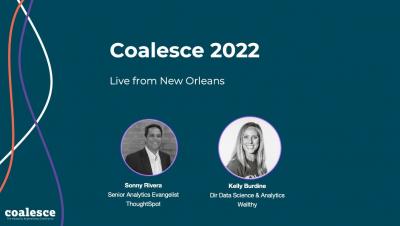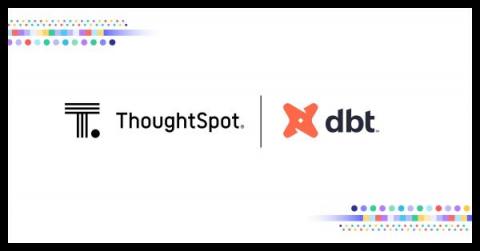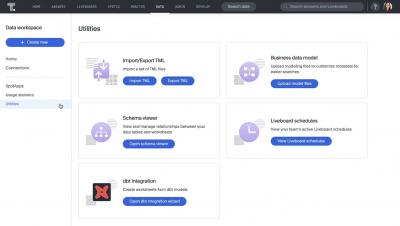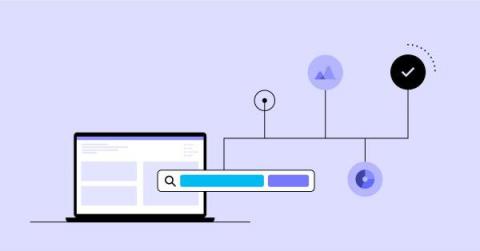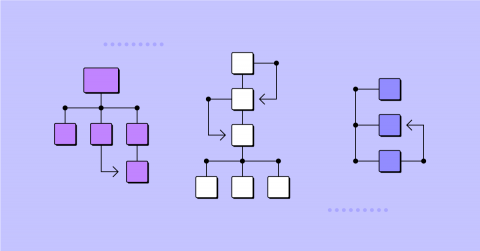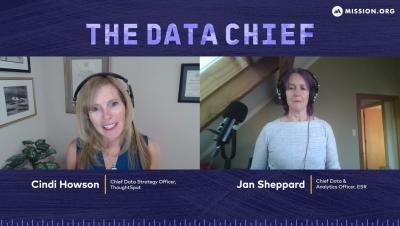Systems | Development | Analytics | API | Testing
ThoughtSpot
Ep 60: The Modern Milkman's CSO, John Hughes on Using Data to Save Our Oceans from Plastic
How to get more from your dbt models and metrics with ThoughtSpot
If you haven’t heard of dbt, you’re missing out on one of the hottest technologies in data. dbt has been adopted by more than 15,000 organizations looking for a SQL-friendly workflow to transform the data inside their cloud data platform.
Activate your dbt models and metrics with ThoughtSpot
6 most useful data visualization principles for analysts
The difference between consuming data and actioning it often comes down to one thing: effective data visualization. Case in point? The John Snow’s famous cholera map. In 1854, John Snow (no, not that one) mapped cholera cases during an outbreak in London. Snow’s simple map uncovered a brand new pattern in the data—the cases all clustered around a shared water pump.
3 types of data models and when to use them
Data modeling is the process of organizing your data into a structure, to make it more accessible and useful. Essentially, you’re deciding how the data will move in and out of your database, and mapping the data so that it remains clean and consistent. ThoughtSpot can take advantage of many kinds of data models, as well as modeling languages. Since you know your data best, it’s usually a good idea to spend some time customizing the modeling settings.
How to build a self-service BI strategy
Think about the times you've wished you had more insight into your business data. Or all of the times you wished you could answer questions about your business performance without waiting for someone else to get back to you. Gone are the days when businesses rely solely on IT staff to provide reports and analytics. With self-service business intelligence (BI), users can create their own reports, dashboards, and data visualizations without relying on IT help.
How ThoughtSpot Uses ThoughtSpot for Field Marketing
As ThoughtSpot’s SVP of Corporate Marketing I oversee a field marketing team that acts as the glue between our Marketing and Field Sales teams. When people talk about field marketing, they’re often just thinking of events — but we have a far broader remit than that. Each member of the Field Marketing team sits within a specific sales region, acting as a kind of regional CMO.


